Rural Postal Service, September 1st, 1962, §xu, 6xu and 12 xu nominal were issued Michel Nr. D33-35; Office mail between villages themselves and between villages and districts were previously free of charge. Each village only had to pay the regional post office a maximum of 30 kilograms of rice paddy in annual flat postage. From September 1st, 1962 this system was replaced and formal official stamps for the purpose were introduced. Below is the official Xunhasaba bulletin that was released upon issuance of the set. It states that the 3xu value was intended for Printed Matter, the 6xu value for communications among villages and the 12xu value for letters between villages and the district.
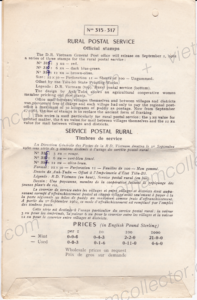
Here is the mint set:

Here is a complete mint sheet of the 6xu value. For technical reasons only 9 of the 10 rows are shown here but the sheet in the collection is complete.
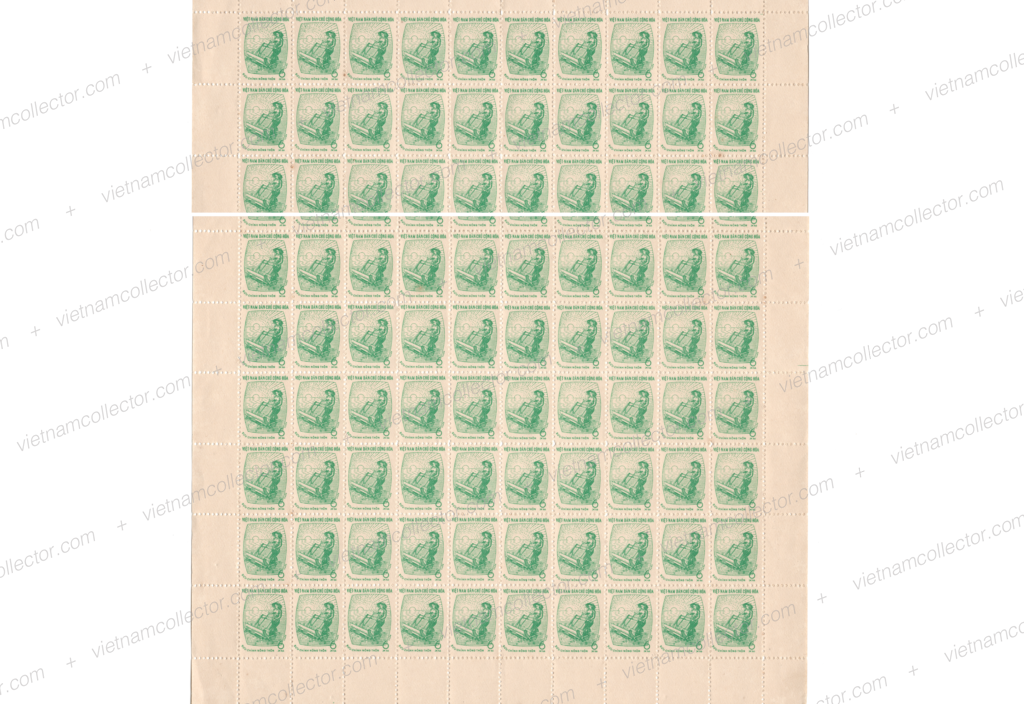
Mint block of four of the 12 xu value on which the top left stamp shows the plate error of “broken H in CHINH”.
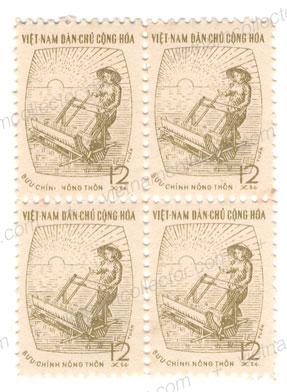
Detailed scan of the affected area
![]()
Here is the cancelled to order set that was distributed through Xuhasaba:
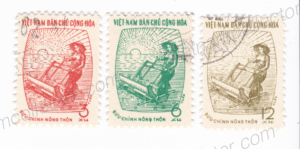
So far the editor has never seen any official letters franked with these stamps. Given that this generally lack of availability is true for all Vietnamese official stamps this is not very surprising. Most official mail ended up within local and Government archives that were often destroyed during the war, raided by the enemy for intelligence or simply cleaned out by local authorities. Any genuine letter between Vietnamese communities would be a very rarer philatelic treasure.
Registration Nr. 100745


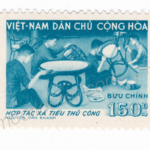


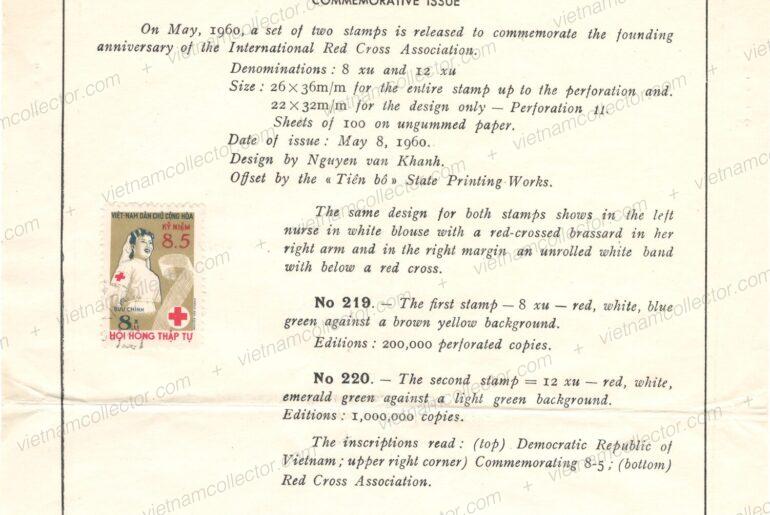
Comments are closed.